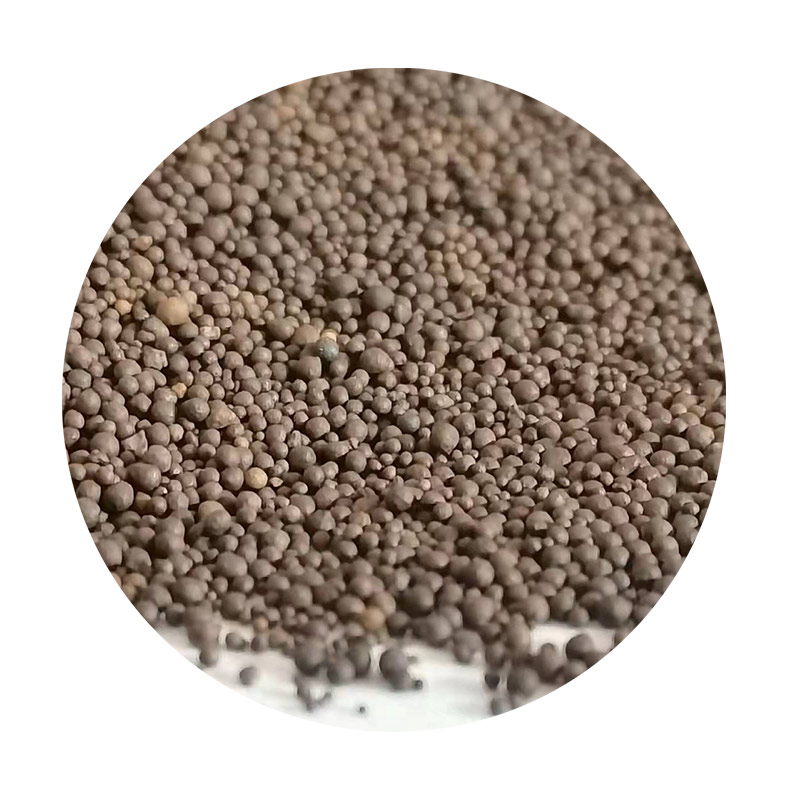Materials Used in Sand Casting
Sand casting is one of the oldest and most versatile methods of metal casting. It is widely used due to its ability to produce intricate shapes and sizes with relatively low costs. In sand casting, the key materials that play a pivotal role in the manufacturing process include the sand itself, the metal being cast, binders, and additives. Each of these materials has a specific function and contributes to the overall quality and efficiency of the casting process.
1. Sand
The primary material used in sand casting is sand. The most commonly used sand is silica sand, which is composed mainly of silicon dioxide (SiO2). Its properties, such as grain size, shape, and distribution, significantly influence the quality of the cast. A good casting sand should have high permeability, allowing gases to escape during the melting process and preventing defects in the final product. Additionally, the sand must possess good thermal stability to withstand the high temperatures of molten metal.
The sand is usually reused multiple times in the casting process, which makes it cost-effective. To enhance its performance, sand is often treated or mixed with various additives to improve its binding abilities and reduce the possibility of defects.
2. Binders
Binders are essential materials that hold sand grains together in the shape of a mold. Common binders used in sand casting include clay, resin, and chemical binders.
- Clay Natural clay, such as bentonite, is widely used due to its excellent binding properties. Clay adds cohesion to the sand particles, enabling the mold to hold its shape during the pouring of molten metal. The moisture content in clay-sand mixtures is crucial; too much moisture can lead to mold collapse, while too little can cause insufficient binding.
- Resin Synthetic resins provide better strength and durability compared to traditional clay binders. They are commonly used in no-bake processes, where the sand is mixed with the resin and a hardener. This method creates strong molds that allow for finer details and reduces the chances of mold breakage.
- Chemical Binders These materials are often used in conjunction with sand to achieve specific properties. They might be applied as coatings to enhance the surface finish of molds or improve thermal properties.
what materials are used in sand casting

3. Metal Alloys
The choice of metal is crucial in sand casting, as it affects not only the quality of the cast part but also the casting process itself. Common metals used in sand casting include
- Aluminum Alloys Aluminum is popular for its lightweight, good corrosion resistance, and excellent machinability. It is often used in automotive and aerospace applications. - Iron Alloys Cast iron is highly favored for its excellent castability, wear resistance, and mechanical properties. It is commonly used in engine blocks, pipes, and heavy machinery parts. - Bronze Alloys Bronze is valued for its strength and resistance to corrosion, making it suitable for marine applications. It is often used for fittings, valves, and artistic sculptures.
4. Additives
To enhance the properties of the sand mixture, various additives may be employed. Common additives include
- Coal Dust Added to improve the mold's surface finish and reduce the burning of the sand. - Coconut Shell Powder Provides a finer grain structure and is often used to enhance the aesthetics of the final product.
- Fire Clay Improves the thermal stability of the sand, allowing it to withstand higher temperatures without breaking down.
Conclusion
In summary, the materials used in sand casting — varying from silica sand, binders, metal alloys to various additives — play significant roles in determining the effectiveness and quality of the casting process. Each material is selected based on the specific requirements of the production process and the desired characteristics of the final product. Understanding these materials allows manufacturers to optimize their casting processes and achieve high-quality results in their metal components. Whether producing intricate designs or sturdy industrial parts, the right combination of materials is essential for success in sand casting.
Post time:Ion . 02, 2025 18:48
Next:Процесс литья песка
